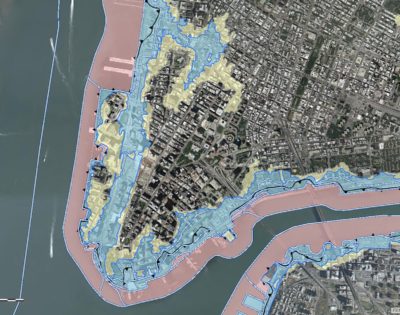
Mandatory flood insurance purchase requirements and floodplain management standards apply.ĪE, A1-A30: Areas subject to inundation by the 1-percent-annual-chance flood event determined by detailed methods. Because detailed hydraulic analyses have not been performed, no Base Flood Elevations (BFEs), or flood depths are shown. FEMA Flood ZonesĪ: Areas subject to inundation by the 1-percent-annual-chance flood event are generally determined using approximate methodologies.

Definitions for all FEMA flood zones are provided in the table below. These zones could still have flood risk as historically more than 20% of NFIP claims are made by policyholders in an X, B, or C zone. FEMA’s low and moderate-risk flood zones – those outside the SFHA – are those that begin with the letters “X,” “B,” or “C.” Flood insurance is not required within these zones. The SFHA designation is important because it is the basis for floodplain management regulations for communities across the country and because it decides whether a home is required to have flood insurance or not.įEMA’s high-risk flood zones – those that make up the SFHA – are those that begin with the letters “A” or “V.” Homeowners located in A or V zones are required to purchase flood insurance if they have a mortgage from a federally-backed or federally-regulated lender. As a result, FEMA maps the areas with a 1% annual chance of flooding. In developing zone maps, FEMA focuses primarily on identifying the 1-percent annual chance floodplain (also known as the 100-year floodplain, Special Flood Hazard Area, or SFHA). Search your address to learn how flood zones might impact you. FEMA creates FIRMs to inform flood insurance pricing in the National Flood Insurance Program (NFIP) and to guide floodplain management regulations for NFIP-participating communities. Zone X is the area determined to be outside the 500-year flood and protected by levee from the 100-year flood.Īrea of undetermined but possible flood hazards.Learn about the definitions of FEMA Flood Zones and the differences between them.įederal Emergency Management Agency (FEMA) Flood MapsįEMA maps flood zones in communities across the US, identifying areas of varying flood risk on Flood Insurance Rate Maps (FIRMs). Zone C may have ponding and local drainage problems that don't warrant a detailed study or designation as base floodplain. B Zones are also used to designate base floodplains of lesser hazards, such as areas protected by levees from the 100-year flood, or shallow-flooding areas with average depths of less than one foot or drainage areas less than 1 square mile.Īrea of minimal flood hazard, usually depicted on FIRMs as above the 500-year flood level. The coastal area subject to a velocity hazard (wave action) where BFEs are provided on the FIRM map.Īrea of moderate flood hazard, usually the area between the limits of the 100-year and 500-year floods. The coastal area subject to a velocity hazard (wave action) where BFEs are not determined on the FIRM map.

The base floodplain that results from the decertification of a previously accredited flood protection system that is in the process of being restored to provide a 100-year or greater level of flood protection. BFEs are provided.Īrea to be protected from base flood by levees or Federal Flood Protection Systems under construction. Base flood depths (feet above ground) are provided. The base floodplain with sheet flow, ponding or shallow flooding. On newer FIRMs, AE Zones are the same as A1-A30 Zones (i.e., BFEs are shown).

BFEs are shown on a FEMA map that includes any of these zones. Known as numbered A Zones (e.g., A7 or A14). This is often called an unnumbered A Zone or an approximate A zone. Six types of 'A' zones are described below.īase flood elevations (BFE) are not determined. Please see the table below for explanations of these zones. Whatever the area shown on a FEMA FIRM map, it may include several types of floodplain zones, each designated by a letter or a combination of a letter and number(s).


 0 kommentar(er)
0 kommentar(er)
